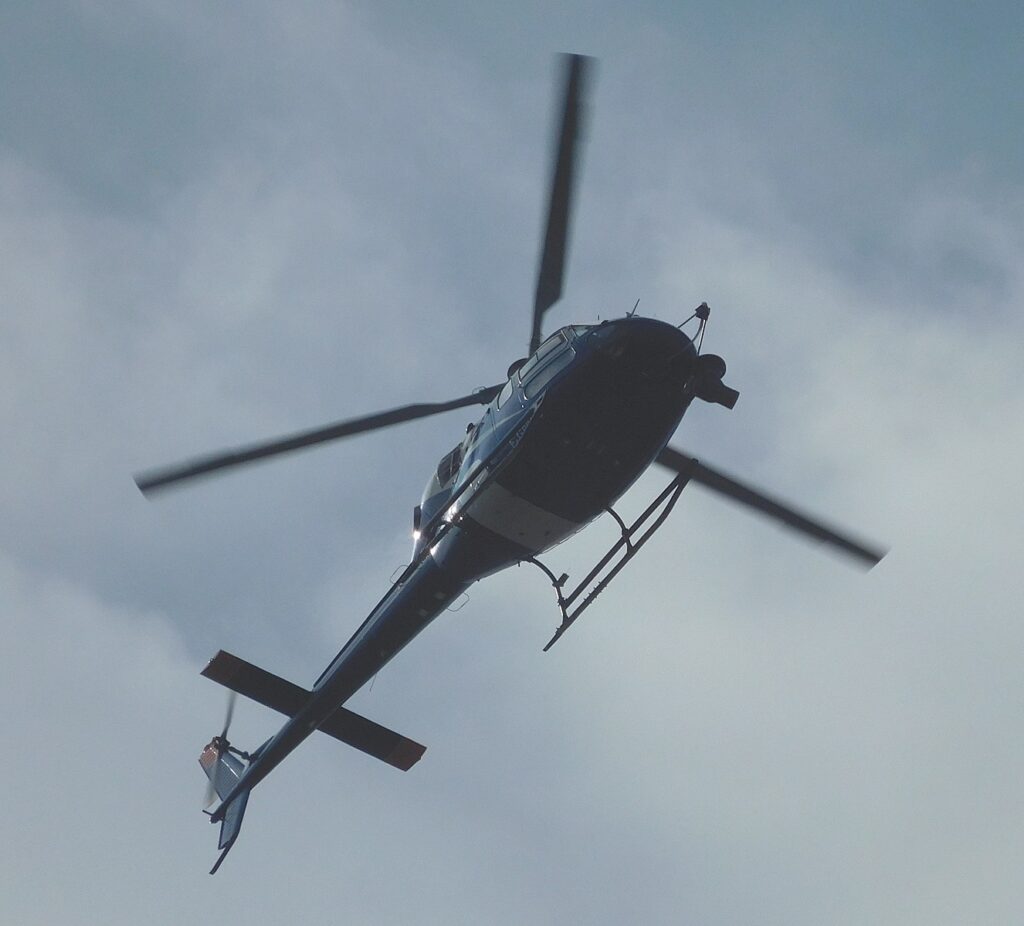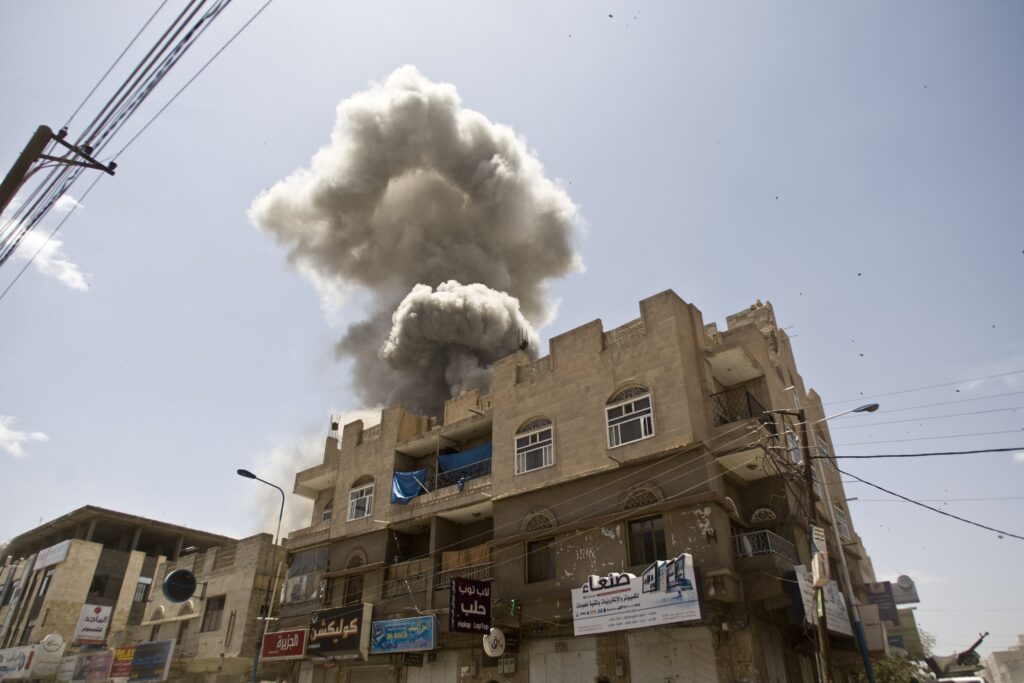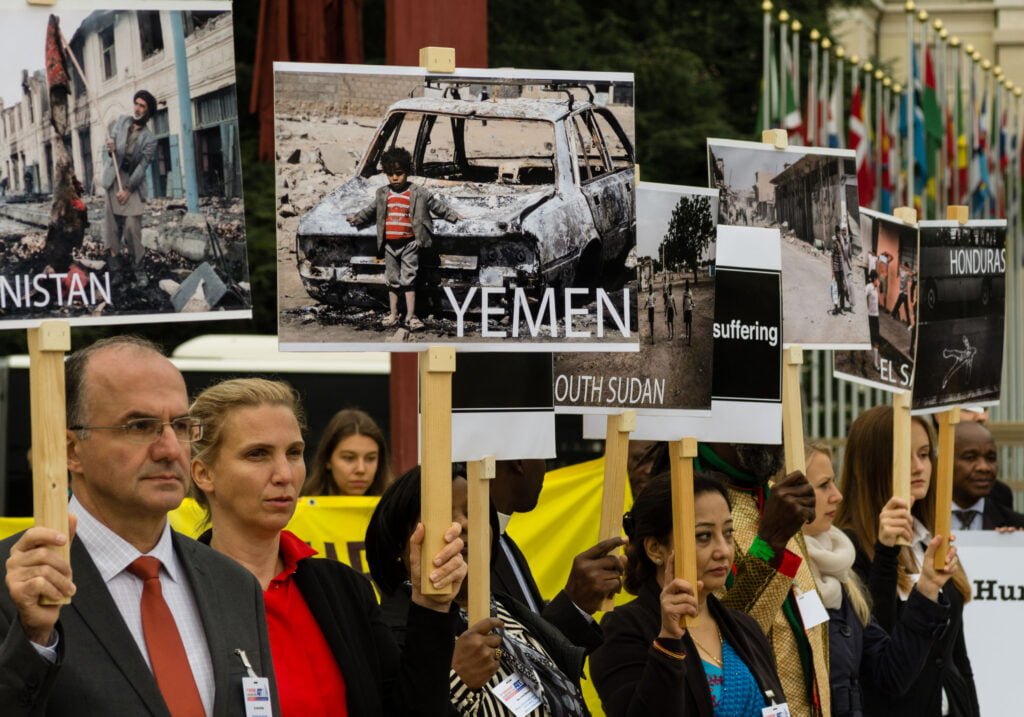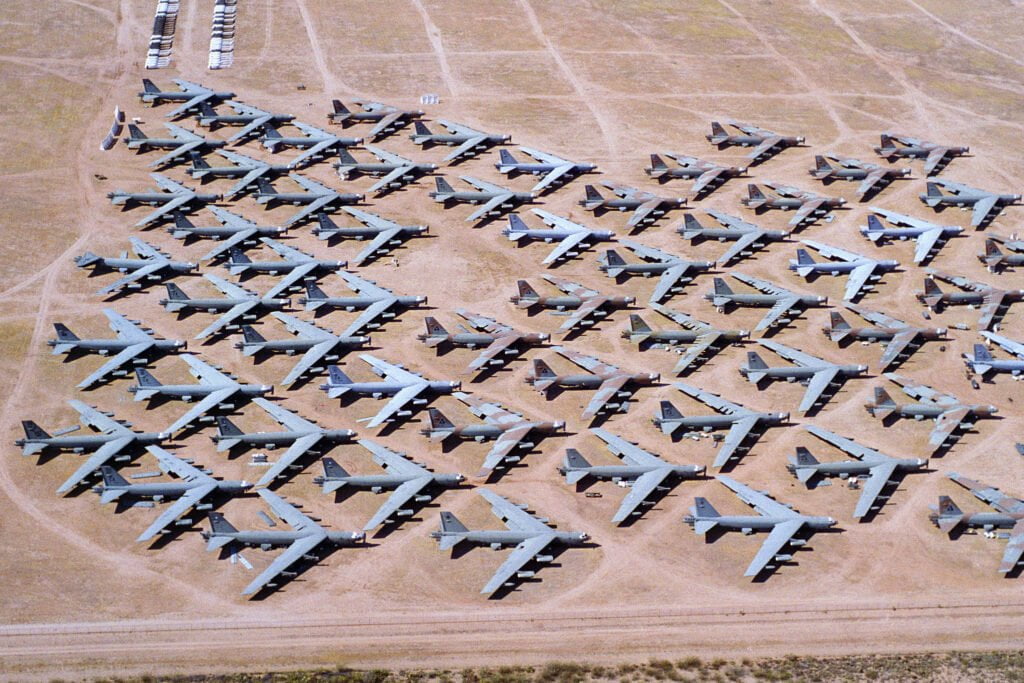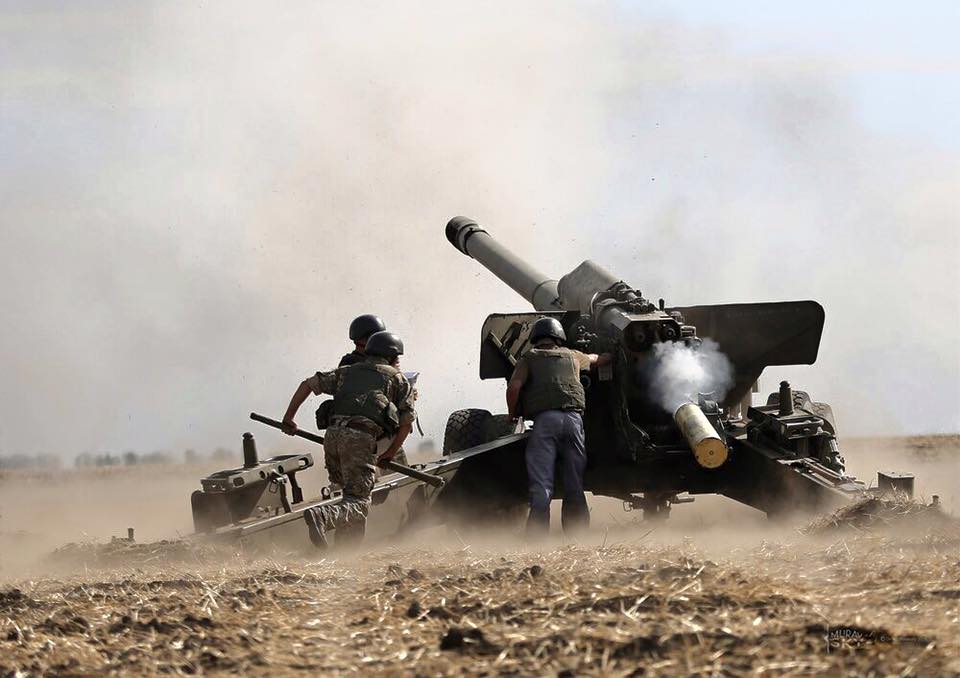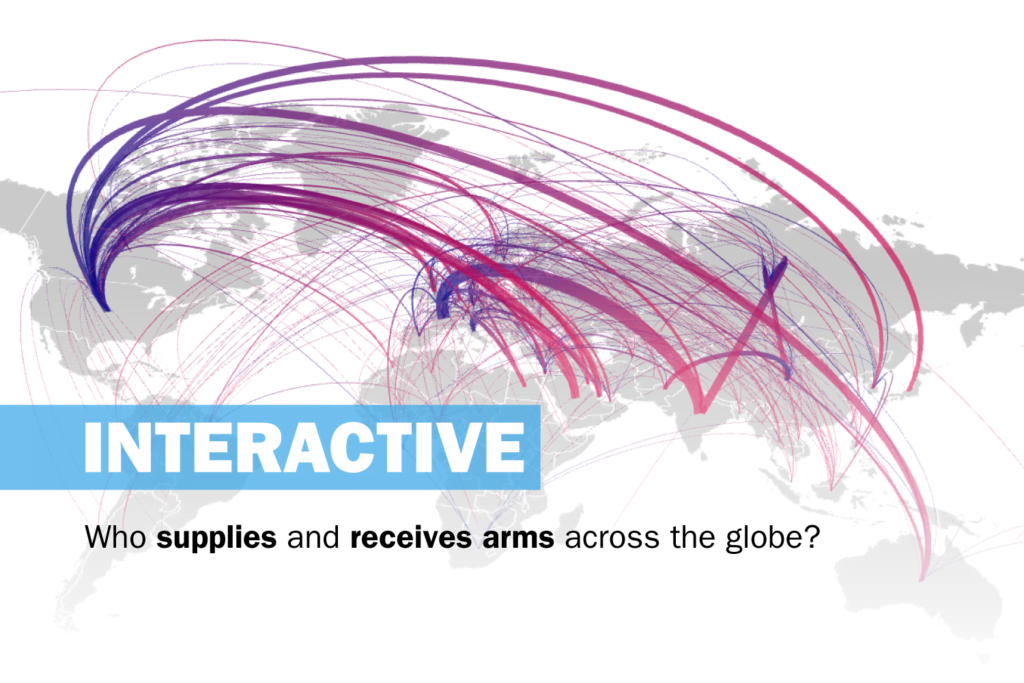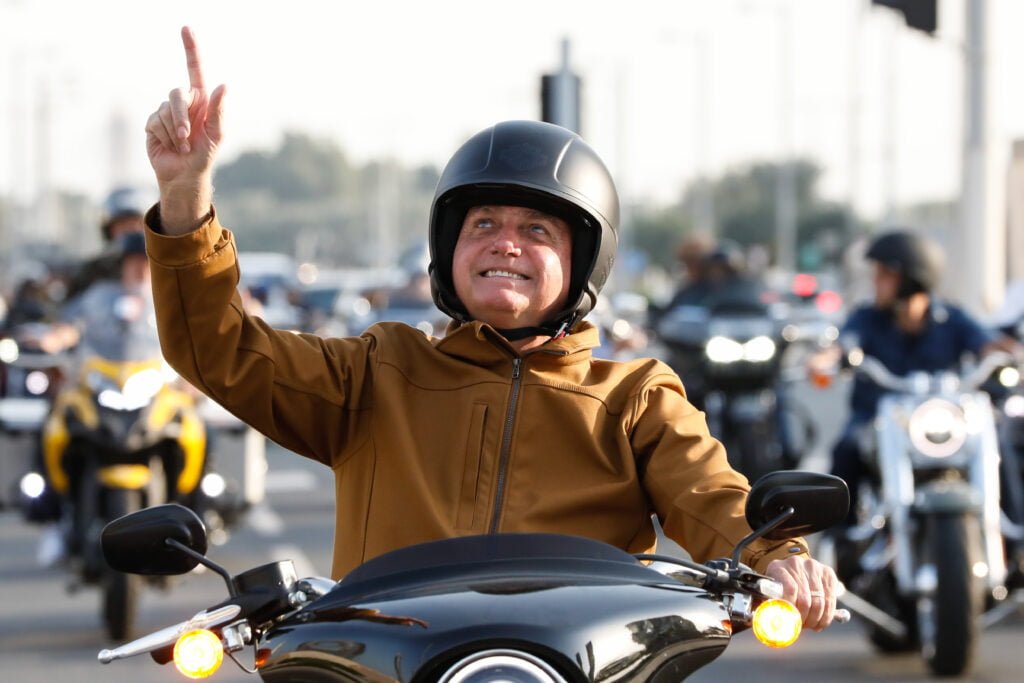Born of compromises, the treaty’s attempt to satisfy all parties has led to it being toothless. How best to restore its bite?
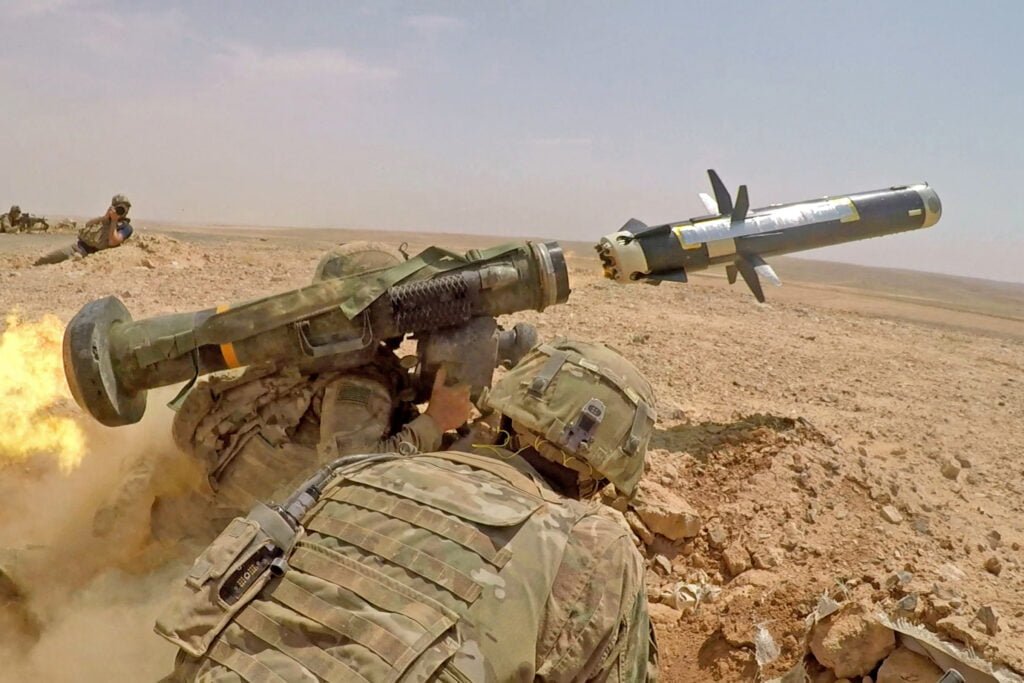 Universality was the cornerstone of the agreement but the time may have come to ditch this approach. : ‘Javelin Fire’ by US Army’s Sgt Liane Hatch avaialble at https://tinyurl.com/yckz52ar CC BY 2.0
Universality was the cornerstone of the agreement but the time may have come to ditch this approach. : ‘Javelin Fire’ by US Army’s Sgt Liane Hatch avaialble at https://tinyurl.com/yckz52ar CC BY 2.0
Born of compromises, the treaty’s attempt to satisfy all parties has led to it being toothless. How best to restore its bite?
Whatever its final form, that the 2014 United Nations Arms Trade Treaty (ATT) would be born of great compromise was not lost on anyone.
The ATT had to reconcile conflict between states’ sovereignty and their own legitimate security interests and collective security, international humanitarian law and even more problematically, international human rights law.
The ATT also had to navigate the basic fact that under international law, all states are sovereign equals, but in practice, there is extreme inequality when it comes to actual arms exports and imports.
Four European Union countries (France, Germany, Italy and Spain) are in the top ten exporters and at the top, the United States alone exports as much as the four next exporters combined. This gap between material reality and formal equality of the states involved in negotiating and implementing the ATT resulted in some tricky compromises.
EU states were already bound by the exports control regime arising from the Council Common Position 2008/944/CFSP. For the European exporters, engaging with the ATT offered the opportunity to level the playing field by somewhat equalising the standards of their overseas competitors, thus avoiding being undercut.
This can explain why key EU defence industries took such a strong interest in the ATT once the negotiations reached momentum, coordinating input and stances with their national ministries.
Meanwhile, some importing states such as China, Russia or Arab countries were concerned that international humanitarian or human rights law obligations in the ATT would allow exporters to deny politically undesirable transfers and therefore pursued a framework that ensured the rights of importing states.
Like the EU, the US already had already extensive domestic arms exports control legislation before the ATT but significant concessions were made to ensure its support during the negotiating stages.
The need to balance these diverging interests led to the ATT being a supranational legal instrument that lacked teeth compared to the EU’s Common Position to which it bears a great degree of formal similarity.
It contains less transparent reporting and scrutiny of authorised exports and comparatively weaker protection in terms of international humanitarian and human rights law. Even with compromises, the US has not yet ratified the ATT after almost a decade.
Plenty of scholars have written on these matters. Nevertheless, any discussion of the compromises that were perceived as necessary during the ATT’s drafting to attain acceptance must be considered within the impact the treaty has had during its first decade of life. Presently, arms exports follow demand, unless the particular transaction comes at a huge expected political cost.
This is not a new trend, given that research has consistently demonstrated how arms trade exports are generally authorised despite international humanitarian and human rights law concerns. This shows that the compromise-heavy ATT lacks the substance and teeth to directly impact a state’s exporting practices. Meanwhile, states are leery of any changes to the treaty’s risk assessment framework.
But at the same time, the widespread adoption of the treaty has not materialised. Particularly, key exporters such as the US, Israel and Russia have still not signed, ratified, or both.
Improving universal adoption remains a key objective for the ATT Conference of State Parties. However, this ongoing effort is not without hurdles. Issues such as lack of implementational capacity, insufficient political will or prioritisation and technical skill or knowledge still challenge the treaty’s widespread universalisation.
In the context of the ATT and its member states, there is a growing acknowledgement of the role civil society can have in addressing broad treaty issues. It is expected that making civil society an integral part of the universalisation push, both locally and globally, will help improve treaty adoption.
Civil society could play an increasing role within the implementation of several treaty aspects as well. While this could be a welcome increase in expertise, it could also produce a backlash.
For example, coinciding with the aftermath of Brexit, a high-profile legal challenge brought by civil society caused the British government to introduce a series of controversial changes in its arms export regulations which significantly downgraded these regulations from a legal perspective.
The wholesale involvement of civil society could therefore be problematic in a context as politically sensitive as arms exports controls.
The critical situation the ATT is presently in doesn’t seem to have a clear way forward. Even with the compromises made, the reality is that states that are not parties to the ATT account for more than 60 percent of global arms exports and more than a quarter of the remainder (the EU and the United Kingdom) are already under more stringent arms exports control regimes than the ATT.
To solve this impasse, it might be necessary to abandon the universal approach and move to more limited multilateralism that acknowledges the realities of the top exporting and importing states – those which ultimately determine most of the world’s arms flows.
Borja Álvarez Martínez is a postgraduate researcher in the Department of Criminology at the University of Manchester. His research interests include defence procurement, human rights risk assessment, regulatory compliance and arms trade and exports control. He declares no conflict of interest in the above article.
Originally published under Creative Commons by 360info™.



